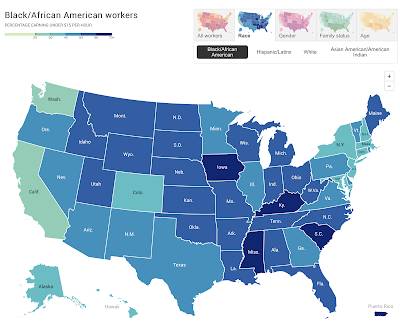
New research by Oxfam looks at the crisis of low wages in the United States:
The report opens by noting that there are millions of low-paid workers in the U.S., many of which provide some of the most essential services in the nation, many of which make less than the federally-mandated minimum low wages of $7.25 per hour which was last changed in 2009. Data for the report is derived from the American Community Survey or ACS, an ongoing demographics survey program which is conducted annually by the U.S. Census Bureau. Let’s look at some of the highlights from the report.
Let’s start this report by looking at a history of the federal minimum wage from the Department of Labor:
…and the St. Louis Federal Reserve Bank:
Thanks to the Economic Policy Institute, we have this graphic which shows the real value of the current minimum wage:
The federal minimum low wages in 2021 was worth 21 percent less than it was in 2009 and 34 percent less than it was in 1968.
The United States current 13-year-long period of minimum wage stuck at the same level is the longest that Congress has gone since the creation of the Fair Labor Standards Act of 1938 was passed by the Roosevelt Administration.
Here is a table showing state-level minimum wage standards:
With that background, let’s look at the key findings of the authors of the report. Let’s start with this map showing the percentage of all workers in all states who earn less than $15 per hour:
In 2022, 31.9 percent of the American labor force earns less than $15 per hour meaning that 51.9 million people in the United States are earning less than $31,200 annually. The percentage of workers earning less than $15.00 per hour varies widely by state as shown in these examples:
1.) Highest percentage of all workers earning under $15.00 per hour:
Mississippi – 45.3 percent
New Mexico – 44.5 percent
South Carolina – 42.8 percent
Florida – 41.9 percent
Kentucky – 41.5 percent
Arkansas – 41.3 percent
Alabama – 40.3 percent
2.) Lowest percentage of all workers earning under $15.00 per hour:
Washington – 14.2 percent
California – 17.9 percent
Massachusetts – 19.4 percent
Maryland – 24.0 percent
Connecticut – 24.1 percent
New York – 25.1 percent
New Jersey – 25.3 percent
Race also has a very significant impact on the percentage of workers earning under $15.00 per hour:
For every dollar earned by a white workers, Hispanic/Latinx workers earn 73 cents and Black workers earn 76 cents. At the national level, 46.2 percent of Hispanic/Latinx workers and 47 percent of Blakeys workers earn less than $15 per hour.
Gender also has an impact on earnings; at the national level, nearly six in ten low wages workers are female despite the fact that they represent 47 percent of the workforce. In Mississippi, the only state which does not have an equal pay mandate, the percentage of women who make less than $15.00 per hour rises to 55.2 percent. Women of colour in Mississippi have it even worse with 69.7 percent making less than $15.00 per hour.
Let’s close with a look at what has happened to CEO compensation over the past four decades. Here is a graphic showing the CEO-to-worker compensation ratio from 1965 to 2020:
In 2020, CEOs made 351.1 times as much as typical workers in the companies that they run, well up from 74.3 times back in 1990.
Obviously, many employers in the United States are not paying their workers a living wage which will allow them to afford a decent standard of living, the components of which includes food, water, housing, education, health care, clothing, transportation and a provision for emergency events. On the upside, if wages are kept low enough, governments may find themselves having to step in with a top up to ensure that a universal basic income is met, a move that plays right into the hands of the global elite who want all of society under the hammer of a digital identity which will be used to shape behaviours through coercion.
You can publish this article on your website as long as you provide a link back to this page.
Click HERE to read more from this author.
[poll id=”5″]

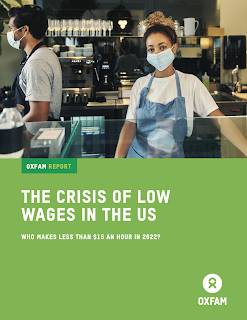
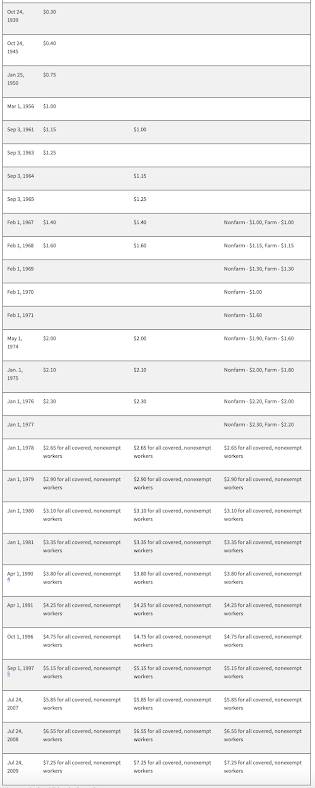
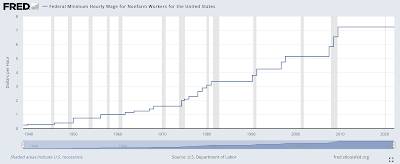
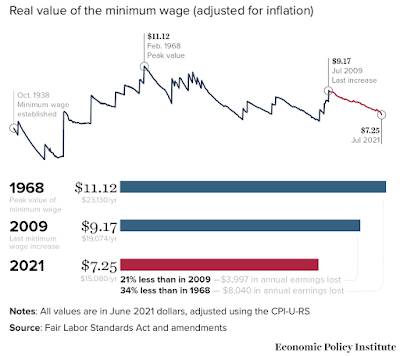
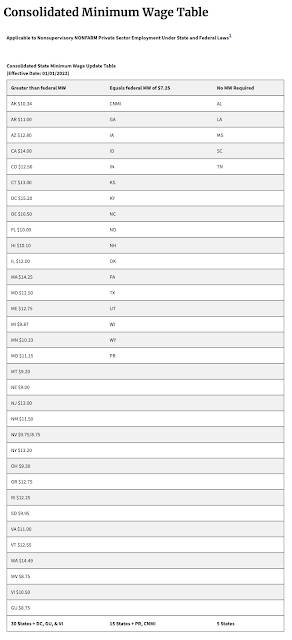
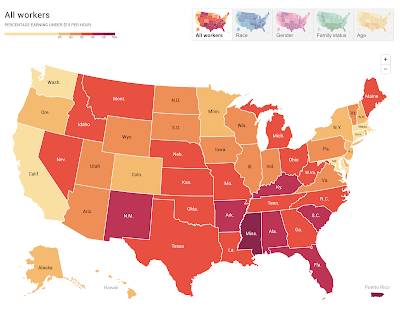
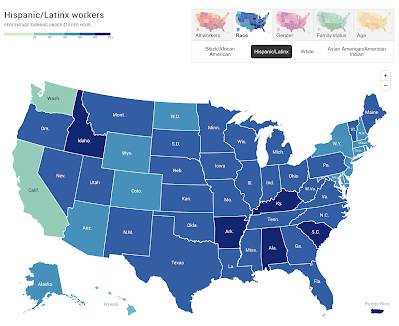
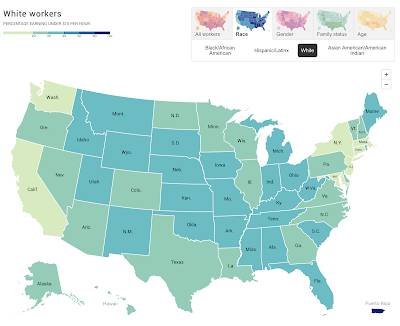
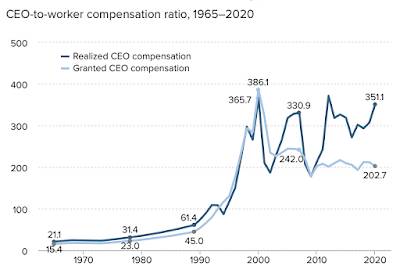
Be the first to comment